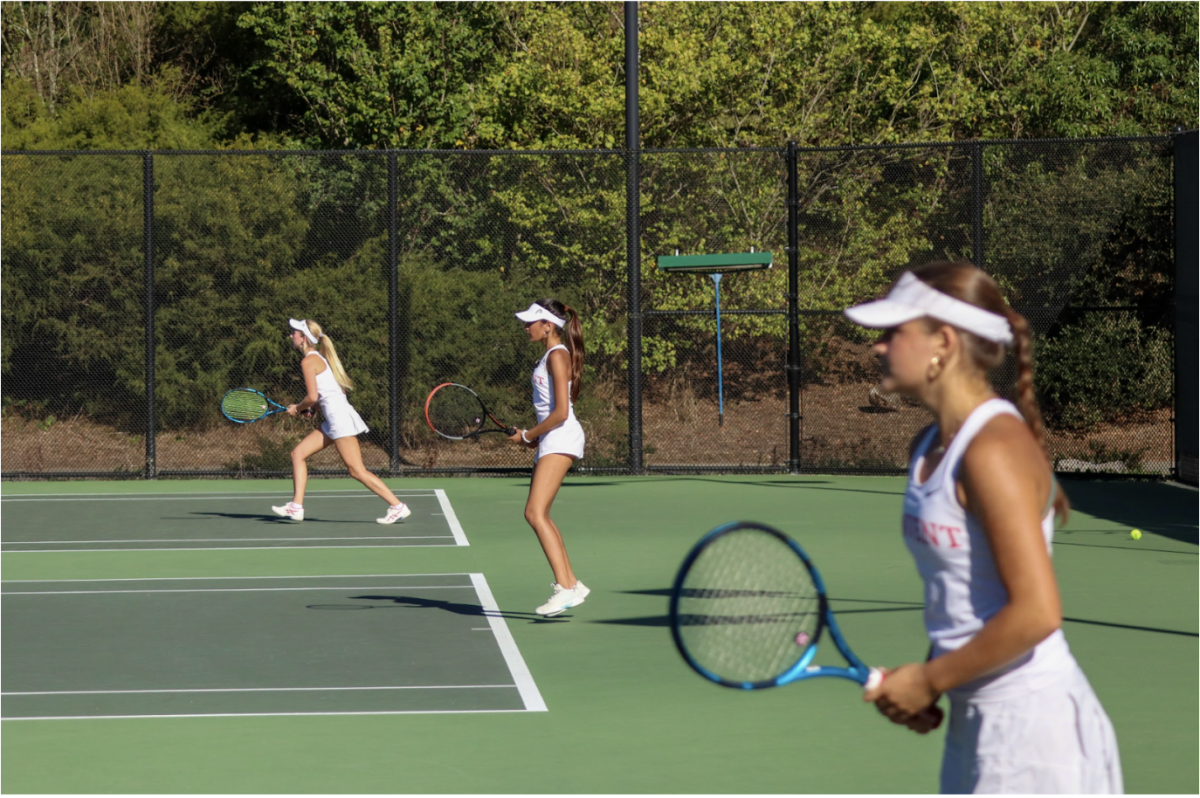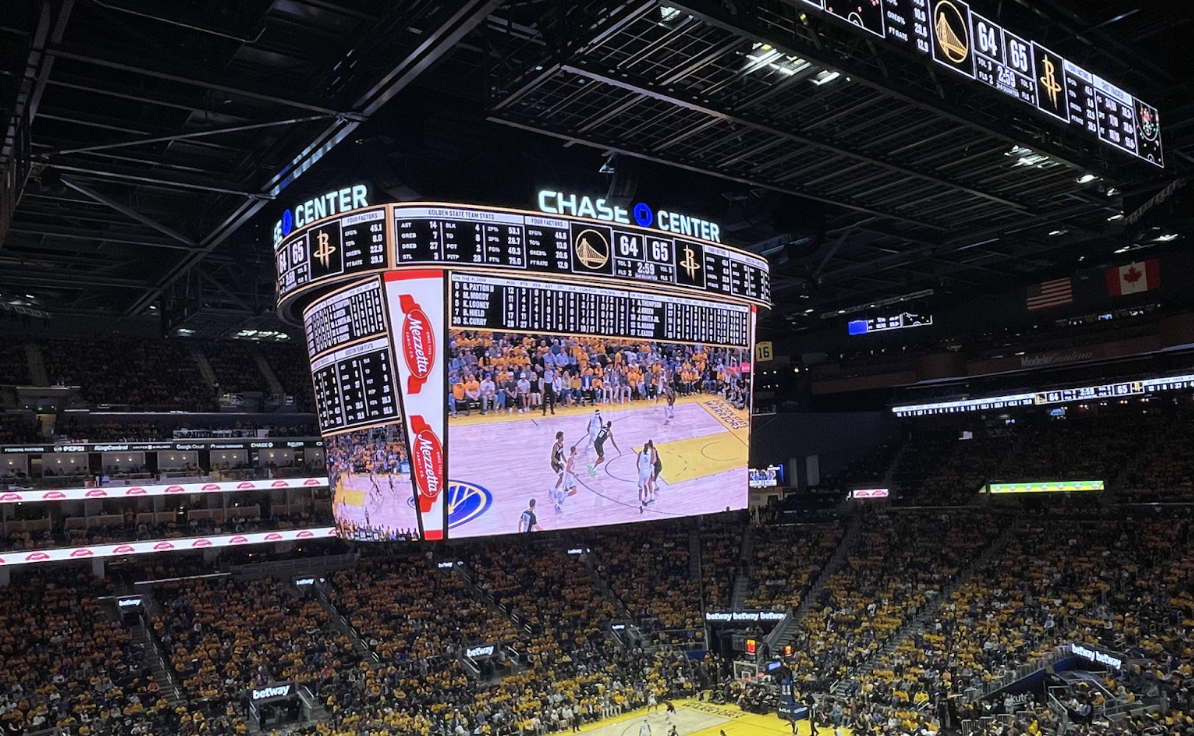Anjali Shrestha
Features Editor
I wouldn’t call myself a daredevil and the idea of scaling a mountain terrifies me, but indoor rock-climbing might just save me from a possibly boring, reckless-free future.
Rock-climbing — a thrilling activity and intense workout disguised by the colorful rocks of the climbing wall — combines entertainment and fitness to the point the climber forgets she is even working out. No initial skill is necessary and anyone can visit a rock-climbing wall and begin.
“It is a fun and different way of getting exercise rather then just running,” said junior Kiara Molina, who belayed me on my most recent trip. “Climbing definitely works arm muscles and builds upper body strength. Just the next day I could feel the strain in the muscles I had used.”
On a trip to Planite Granite, a rock-climbing facility in the Marina, I had to take my belay test.
“The role of the belayer is to keep the climber safe, you are managing the rope as the climber is coming up the wall,” said rock-climbing instruction Ivan Cua. “Essentially the belayer gives slack, lowers them to the ground and catches them when they fall.”
While the climber is on the wall, the belayer is on the ground pushing the climber to keep going and assuring them they are safe.
“We test everybody that comes in with a belay test so they can then be certified,” said Cua. “You need to know how to tie knots and check them to make sure you are okay to climb. You also have to make sure not to let go of the brake line.”
I passed the test, but not with the same agility my peers showed when tying knots. This forced me to wear a yellow tag that had to be returned at the end of the session rather than the red one my peers were rewarded.
This was initially discouraging, but shows how important a skilled belayer is and the reality that Planite Granite will not allow anyone to do the job if he or she is not ready.
I climbed up the first part of the wall easily and quickly, forcing my belayer to be on her toes, pulling the rope constantly. As rocks became fewer and I got tired, it became evident this was a strengthening activity — mentally and physically.
“The major muscle used in climbing are forearms for holding onto the wall,” said Cua. “Depending on the terrain you’re climbing on, you’ll be using forearms and back muscles to haul yourself up on steep overhangs, or your legs to step up if you’re climbing on less steep slab walls.”
It is key to remember that the climber is attached and falling will cause no harm. This is easy to repeat to oneself, but once nearing the top, the people standing below on the blue mats become smaller and it is harder to believe.
“It is a mental challenge because you have to thinllok about your next move,” said Molina. “The most strategic rock to step on next because every move brings you closer to the top.”
Peering around for the closest yellow rock, I knew the only way to get to the top would be to hoist myself up and put my foot on the tiny yellow shell that appeared miles away from where my feet currently were. My belayer held me tightly so I would not slip until I finally was able to pull myself up, step on that yellow rock and hit the ceiling. As my belayer released me and I came fluttering down, the cheers from my peers made
the climb worth it.








